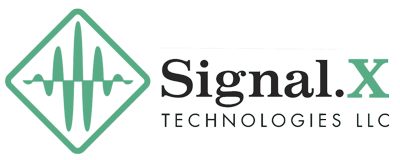Platform Spotlight: Shield
It has been 14 years since the initial conception of Shield, and we thought it appropriate to spend a moment in review to understand the evolution of the Shield platform as well as give you a preview of what the future looks like.
Shield was created in 2004 with one purpose: to capitalize on the emerging requirement for sound and vibration performance confirmation in high-volume manufacturing. With this in mind, Shield enabled automation of metric-based decision making on new types of data, and was on the cutting edge for end-of-line testing of powertrain and driveline components.
Fast-forward over a decade, and Shield has stayed true to the core mission and expanded as a platform for the automation of NVH and functional test systems. Building on customer feedback, large system deployments, and ever-increasing computing power and capability, Signal.X has built out several key areas:
- Leveraging the power of the data created by these machines. Our Trove data collaboration software is a key element in archiving, managing, and collaborating on the data created by a suite of testers in a plant. We have built utilities like Results Viewer to access that data interactively to gain new insights, then build those insights into new production test methods, closing the loop on the entire production process.
- Expanding beyond just noise and vibration. Today’s electromechanical systems are incredibly complex, with many interactions between components and subsystems. Shield now includes many signal types and a wide range of processing options to combine NVH with functional and performance testing.
- Signal processing options. Shield is used on a wide variety of components in a wide variety of environments. We have continued to build the capability to match our customers’ needs, and have added new ways to build metrics, new ways to combine signals, and many new signal types.
So, what does the future hold? Much like in 2004, we are in an age of disruptions to many aspects of the industrial world. Computing power is continuing to accelerate, networks are now enabling the communication of that data to new levels, and the systems we are testing are becoming more complex. The Shield platform will evolve to meet those needs and take advantage of those accelerations. Stay tuned!
